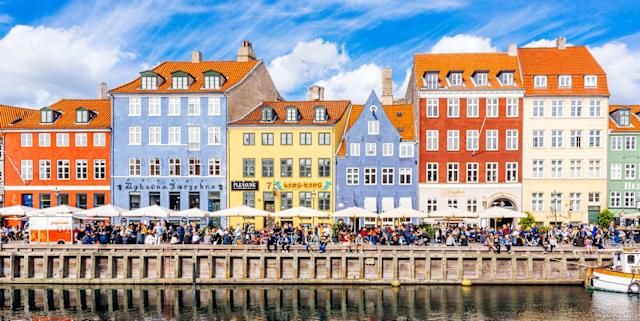The Global Liveability Index 2025, compiled by the Economist Intelligence Unit (EIU), evaluated 173 cities worldwide across five key parameters: stability, healthcare, culture & environment, education, and infrastructure. This year’s rankings once again reveal a sharp divide between highly developed Western urban centres and cities challenged by conflict, poor governance, or underdeveloped infrastructure.
Top 10 Most Liveable Cities
-
Copenhagen, Denmark – Topping the list with a near-perfect score of 98/100, Copenhagen excels in public infrastructure, safety, healthcare, and education.
-
Vienna, Austria – Known for its exceptional public services and rich culture, Vienna shares second place.
-
Zurich, Switzerland – Equally tied at second, Zurich earns top marks for stability, education, and a clean urban environment.
-
Melbourne, Australia – Continues its reign as a global urban favourite with excellent scores in education, healthcare, and livability.
-
Geneva, Switzerland – A consistent performer with world-class healthcare and a high quality of life.
-
Sydney, Australia – Maintains its high rank thanks to strong infrastructure and cultural appeal.
-
Osaka, Japan – Recognised for stability, healthcare, and efficiency.
-
Auckland, New Zealand – Tied with Osaka, it scores high in environment and safety.
-
Adelaide, Australia – Known for a balanced lifestyle and consistent infrastructure development.
-
Vancouver, Canada – North America’s highest-ranked city due to its environmental and educational strengths.
Bottom 10: Least Liveable Cities
-
Damascus, Syria – Once again at the bottom of the rankings, with a liveability score of 30.7, due to prolonged conflict and instability.
-
Tripoli, Libya – With a score of 40.1, the city suffers from a lack of basic services and ongoing political turmoil.
-
Dhaka, Bangladesh – Scoring 41.7, the city struggles with severe congestion, pollution, and weak infrastructure.
-
Karachi, Pakistan – Ranked 170th with 42.7, facing ongoing security concerns, environmental degradation, and poor governance.
-
Algiers, Algeria
-
Lagos, Nigeria
-
Harare, Zimbabwe
-
Port Moresby, Papua New Guinea
-
Kyiv, Ukraine – Affected by conflict and instability.
-
Caracas, Venezuela – Grappling with economic and social crises.
What’s Driving These Results?
The rankings are based on 30 quantitative and qualitative indicators, distributed across five categories:
-
Stability (25%) – Crime rates, threat of terrorism or conflict
-
Healthcare (20%) – Quality and availability of medical care
-
Culture & Environment (25%) – Weather, cultural life, social openness
-
Education (10%) – Access to and quality of schooling
-
Infrastructure (20%) – Public transport, housing, utilities, digital access
Cities at the top benefit from decades of investment in public services, robust governance, and well-maintained infrastructure. In contrast, those at the bottom are often affected by war, economic collapse, or rapid, unregulated urbanisation.
Regional Patterns and Trends
-
Europe continues to dominate the top rankings with cities like Copenhagen, Zurich, and Vienna offering near-perfect conditions.
-
Asia-Pacific shows strength with Osaka, Melbourne, and Auckland, supported by high-quality healthcare and infrastructure.
-
North America has just one representative, Vancouver, highlighting environmental and social strengths.
-
South Asia and Middle East: Cities like Dhaka, Karachi, and Damascus remain near the bottom due to socio-political instability and infrastructural challenges.
-
Africa: Most cities are ranked low, reflecting difficulties in governance, healthcare, and urban development.
The Global Liveability Index 2025 reveals a widening gap between the world’s most and least liveable cities. While some urban areas continue to thrive with robust public systems, environmental sustainability, and stability, others struggle under the weight of conflict, poverty, and systemic neglect.
As cities expand and global challenges such as climate change and migration intensify, the Index serves as a vital benchmark for governments, investors, and citizens alike to evaluate progress—and pinpoint where urgent action is needed.



